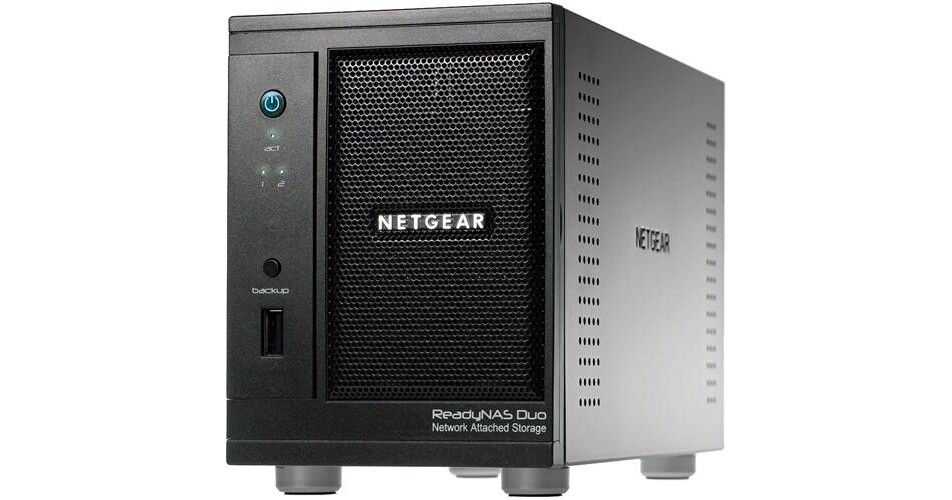
- #READYNAS DUO ADMIN LOGIN INSTALL#
- #READYNAS DUO ADMIN LOGIN UPDATE#
- #READYNAS DUO ADMIN LOGIN PASSWORD#
- #READYNAS DUO ADMIN LOGIN ISO#
SSLCipherSuite ECDHE-RSA-AES128-GCM-SHA256:ECDHE-ECDSA-AES128-GCM-SHA256:ECDHE-RSA-AES256-GCM-SHA384:ECDHE-ECDSA-AES256-GCM-SHA384Smiley Very HappyHE-RSA-AES128-GCM-SHA256Smiley Very HappyHE-DSS-AES128-GCM-SHA256:kEDH+AESGCM:ECDHE-RSA-AES128-SHA256:ECDHE-ECDSA-AES128-SHA256:ECDHE-RSA-AES128-SHA:ECDHE-ECDSA-AES128-SHA:ECDHE-RSA-AES256-SHA384:ECDHE-ECDSA-AES256-SHA384:ECDHE-RSA-AES256-SHA:ECDHE-ECDSA-AES256-SHASmiley Very HappyHE-RSA-AES128-SHA256Smiley Very HappyHE-RSA-AES128-SHASmiley Very HappyHE-DSS-AES128-SHA256Smiley Very HappyHE-RSA-AES256-SHA256Smiley Very HappyHE-DSS-AES256-SHASmiley Very HappyHE-RSA-AES256-SHA:AES128-GCM-SHA256:AES256-GCM-SHA384:AES128-SHA:AES256-SHA:AES:CAMELLIASmiley Very HappyES-CBC3-SHA:!aNULL:!eNULL:!EXPORT:!DES:!RC4:!MD5:!PSK:!aECDH:!EDH-DSS-DES-CBC3-SHA:!EDH-RSA-DES-CBC3-SHA:!KRB5-DES-CBC3-SHA SSLCertificateFile /etc/frontview/apache/apache.pem SSLCACertificatePath /etc/frontview/apache Note that in order to SSH I had to add a defunct (and presumably insecure) key-exchange algorithm at the client end:
#READYNAS DUO ADMIN LOGIN UPDATE#
After rebooting, which the update will ask you to do, I used SSH to login to the device and disabled https - a downgrade in security but since this is in my air-gapped home lab network (where there is nothing of value or consequence) it is an acceptable risk and removes the inability to manage the device due to the version of TLS being blocked.
#READYNAS DUO ADMIN LOGIN INSTALL#
Once setup, I downloaded and install the Enable Root SSH Access add-on.

Later I went back and enabled NFS for the ISOs share that I added at the end of this post - so if you are following along to replicate something similar to my setup you might want to do that now. I then went back into Services and Standard File Protocols and set Redirect default web access to this share: to mirrors (leaving Login authentication on this share: set to Disabled) so the NAS will be accessible as a source for Linux package managers. Once setup, in the mirrors share I enabled HTTP/S with read-only default access and Rsync with read/write default access but restricted access to the host I will use to update the mirrors from. I deleted both of the default shares and created one new one, mirrors (“Software mirrors” as the description).

In the fileshare protocols, I disabled everything except HTTP and Rsync.
#READYNAS DUO ADMIN LOGIN PASSWORD#
When connected (I managed it by going to about:config and setting to 1 in Firefox which brought back the option to by-pass the security error, I had a complete failure to find a way to by-pass with Chrome and Safari), I was able to login with the default username and password (admin/netgear1) and started going through the setup wizard. Next I had a fight to find a web-browser to access the NAS’ admin interface, which must be accessed over https (http redirects to https) but uses a version of TLS disabled by all modern web-browsers. Wait 15 minutes for the reset to happen (“The system performs the disk test, which takes about five minutes, waits 10 minutes, and then restores the system to its factory settings.”). I started with a factory reset of the NAS by holding paper clip in reset hole for 30s while powering on until all Disk LEDs flash twice. Reset, create share and enable anonymous http access It is updated via a USB hard disk which I sync on my home network then physically move to the lab environment, mount read-only to update the mirrors from.
#READYNAS DUO ADMIN LOGIN ISO#
This is a precursor to setting up Proxmox VE, with both read-only package mirrors and ISO repository on the NAS.

I have an old ReadyNAS Duo 2120 (confusingly it says 2120v2 on the bottom, although it is RND2000v1 generation hardware) which I have turned into a webserver to provide a mirror service for my new air gapped home lab network.


 0 kommentar(er)
0 kommentar(er)
